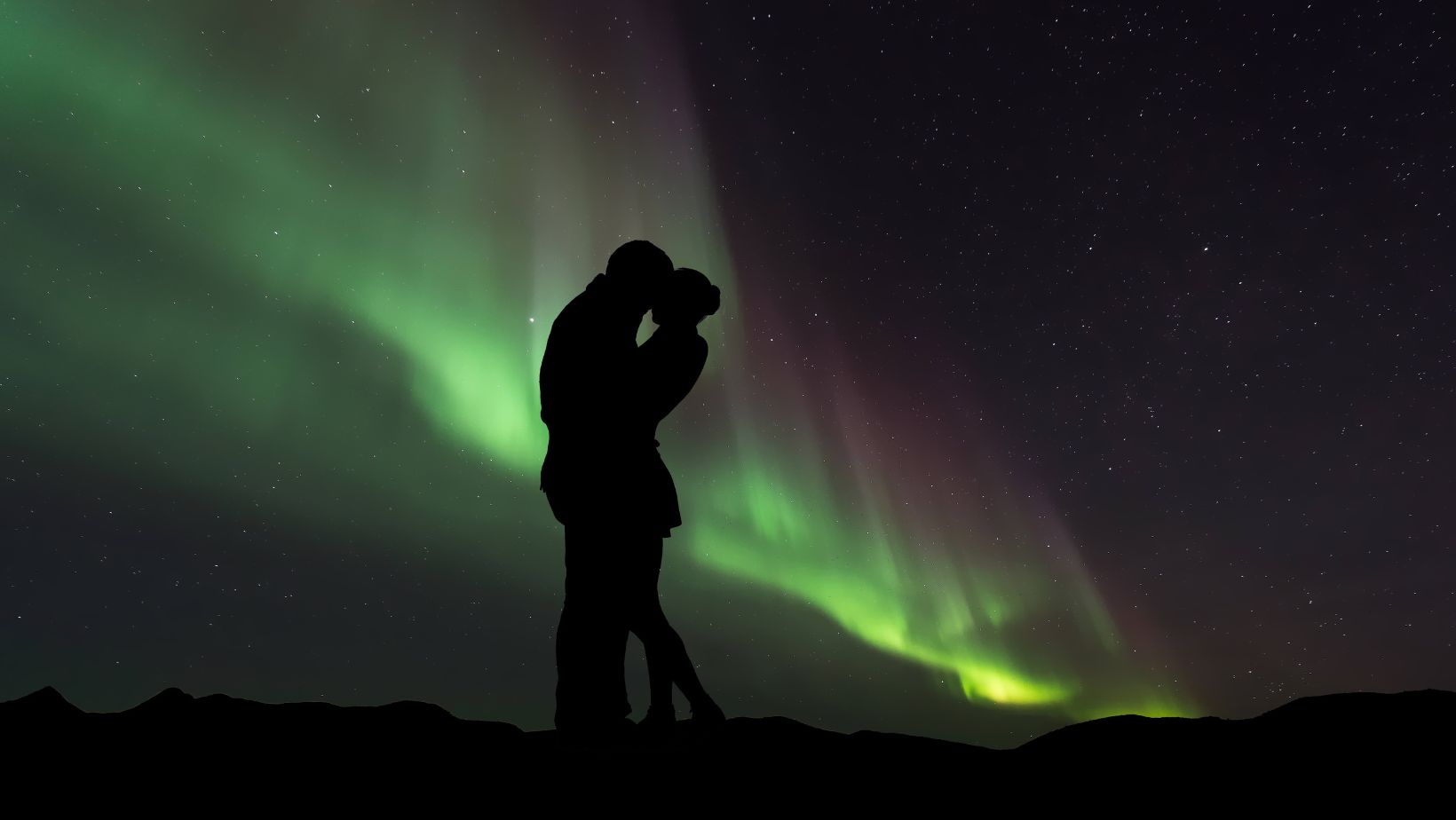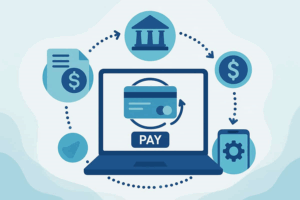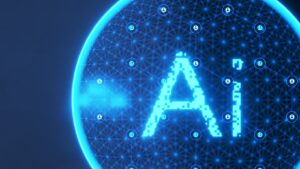
The rapid development and growth of artificial intelligence have transformed industries ranging from health and finance to education and entertainment. In digital content creation, AI is creating immersive experiences that earlier were thought possible only within the realm of science fiction. But perhaps most interesting is the AI kissing video generator-a technology that uses deep-learning algorithms to create amazingly realistic simulated scenes of kissing. But can artificial intelligence really understand romance? Replicate human emotion, intimacy, and connection. This article goes into detail on the technology powering these AI video kiss generators, possible applications, and the ethics thrown up by this digitized development.
The Technology Behind AI Kissing Video Generators
At the heart of AI-generated kissing videos lies a combination of the most advanced AI models, especially those with deep learning. Such models can analyze and synthesize large volumes of data before generating new, quite realistic outputs based on learned patterns. This is how the AI video kissing technology might be divided into sub-operations:
1. Computer Vision and Facial Recognition
Some of the most critical technologies involved in AI-generated kissing videos include computer vision, which is about the recognition of human faces by AI. This facial recognition enables the AI to map the face structure, trace eye movement, and track lip shapes. This makes the AI, in the case of a kissing video, produce an interaction that will make the lip, eye, and other facial expressions look natural and believably executed.
2. Deep Learning and GANs
Generative Adversarial Networks, or GANS, is a deep learning model variety that plays a central role in generating realistic video content. GANs consist of two neural networks: the generator, which creates new content, and the discriminator, which evaluates the authenticity of the created content. The two work together in a feedback loop where the generator takes cues from the discriminator and makes its output better with each attempt. It allows AI to create realistic kissing videos by training with video data in which it regulates its output to simulate human-like actions and emotions.
3. Emotion Detection
More than just the reproduction of the act itself, it has to be close to the real act of the AI. Emotion detection algorithms allow AI to perceive very minute signals in facial expression, body language, and voice tone. This lets the AI mimic the emotional connection of two characters in a kissing scene, where their interaction feels so real and meaningful.
Applications and Use Cases of AI Kissing Video Generators
The potential applications of AI kissing video generator are vast and varied, from entertainment to personal content creation, education, and even therapy. Let’s take a look at some of the most prominent use cases:
1. Entertainment Industry
The entertainment industry, particularly film and television, stands to benefit greatly from AI-generated kissing scenes. This would enable filmmakers to create extremely realistic kissing interactions between digital characters, making the romantic scenes more immersive and dynamic. AI can also be used to bring back dead actors or create digital doubles that open up new avenues for storytelling. For instance, a director could create romantic scenes featuring AI versions of famous characters or create completely new virtual actors for particular projects.
2. Virtual and Augmented Reality
AI-powered kissing video generators naturally complement VR and AR platforms. People could have realistic, interactive virtual kissing experiences with digital characters on VR platforms to create new formats of entertainment and emotional engagement.

Further, this may extend to VR dating apps, where one would interact with AI-generated avatars in a virtual romantic setup.
3. Personalized Content Creation
For individuals, the AI Kiss video generators introduce very personalized content to create a customized kissing video for your loved ones or maybe the generation of some virtual romantic moments from memories of the past. Further, the created experiences may be used as social media content, as presents, or even as elements of a kind of virtual love. 4. Therapeutic Use in Relationship Counseling
Interestingly, AI-generated kissing videos may find their role in therapy or relationship counseling. Such AI can be used to help a couple work through intimacy issues by creating personalized, low-pressure scenarios for them to engage in. The AI could simulate everything from a first kiss to more intimate moments, providing an opportunity in a safe place for individuals or couples to explore their emotions and work on their relationships.
Ethical and Privacy Considerations
While AI-generated video kissers come with a raft of exciting possibilities, they also raise a number of ethical and privacy concerns. Creating realistic romance brings up sensitive areas of consent, identity, and emotional manipulation.
1. Consent and Misuse
Among the high priorities of concern in AI-generated kissing videos is the potential for misuse. For instance, people can utilize such facilities to create sham romantic interactions with real individuals without their consent. Deepfake technology’s ability to doctor videos to insert someone’s likeness into another person’s actions raises major concerns about privacy and consent. The possibility of AI-generated kissing videos featuring real people in a very convincing manner can be used for malicious use, which can emotionally traumatize or defame a person.
2. Emotional Impact
AI-generated kissing videos might also have other unwanted emotional impacts. The simulation of intimacy could, for some, build a very unrealistic view of romantic relationships or further feelings of loneliness and disconnection from real relationships.

While AI can successfully simulate the touch of two people, it can never truly replace the depth of human emotion, leaving users unfulfilled or disconnected after viewing virtual romantic interactions.
3. Authenticity and Relationships
As AI-generated kissing videos and all other digital experiences proliferate, that line between real and artificial blurs. The question then can be: is the value of human relationships degraded somehow if AI manages to create quite convincing emotional experiences? The ability to digitally generate such affection might, in turn, make people ponder why physical touch, connection, and emotional investment seem so important when it comes to real-life encounters.
The Future of AI in Video Creation
AI-generated kissing videos are representative of the great trend in AI-based content creation. With deep learning technology bound to improve continuously, we will likely see even more advanced AIs create entire narratives-complete with emotional arc and character development that can unlock new creative opportunities not only for filmmakers and advertisers but also for personal content creators, raising many questions about how AI is and will increasingly interfere with our emotional and social lives.
As we continue to push the boundaries of AI-generated content, it would appear that while AI can never “learn to love” as humans do, it can most certainly learn the ways of imitation. The greater challenge will no doubt be how to navigate the ethical, emotional, and social implications of this kind of technology in an increasingly integral place within our digital lives.
Conclusively, AI-powered generators of kissing videos stand out as an amazing breakthrough and a whole new frontier in the creation of digital content. Blending deep learning, computer vision, and emotion detection, the tools show, even now, a brilliant view of the future of entertainment, personalized experiences, and even therapeutic uses. But with any bleeding-edge technology, it’s a case of exercising great caution, putting ethical guidelines into place, and protecting the users’ emotional welfare.















